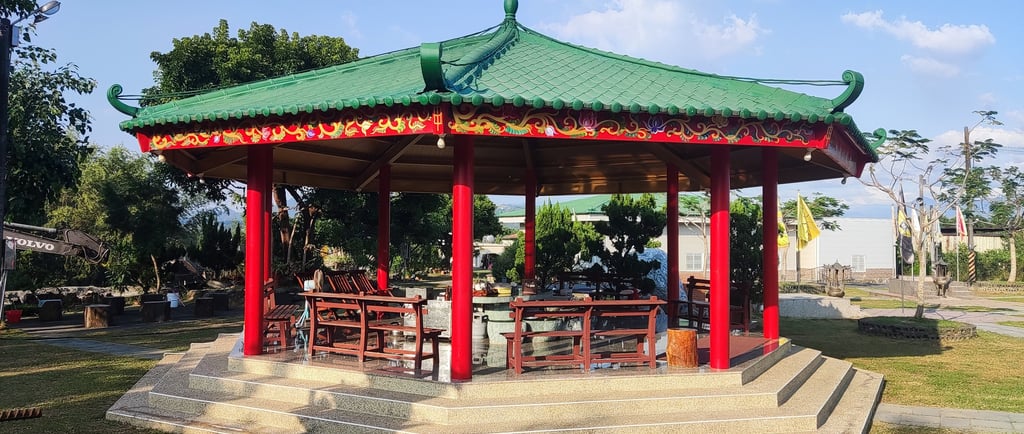Tea
“Better to go without food for three days than tea for one.”


Gongfu Cha: The Social Ritual
Japanese tea ceremonies are something I truly respect. They are elegant, refined, and feel like eating caviar with truffles while sipping champagne—an experience for special occasions, maybe once a year, if that.
In contrast, Gongfu Cha in Taiwan is more like friends gathering around a keg of beer. It’s informal, social, and somehow both ritualistic and relaxed at the same time. There are rules, yes, but no pretension. It’s about sharing, not showing off.
The word "Gongfu" (傳統: 功夫) is the same as in Kung Fu, the martial art—it simply means "skill developed through effort over time." In this context, it refers to brewing tea with care, attention, and precision. Gongfu Cha is not about speed—it’s about doing things well.
And here's a fun fact: this same east–west contrast shows up in the words for tea themselves. In most of the world, the word comes from the Cantonese "te" (like English 'tea'), but in many Slavic languages like Croatian, we say "čaj," which comes from the Mandarin and Min Nan pronunciation "cha." The difference depends on whether tea arrived by sea (te) or land (cha)—another sign of how tea travels and transforms across cultures.
The tea is served in tiny cups, brewed over and over again from the same leaves, as conversation flows. And here’s the thing: the palate of Taiwanese tea lovers is incredibly refined. So refined, in fact, that I often say the worst gift you can give a Taiwanese person is tea. Why? Because they will immediately want to introduce you to their favorite oolong, let you smell the leaves, pour you a cup, and show you what good tea really tastes like - which is not that bad at all. 🙂
It’s like taking someone from Sarajevo or Zenica to eat ćevapi in Zagreb and telling them, "These are the best!"—a rookie mistake, really.
Oolong: Taiwan’s Quiet Masterpiece
First, a key point: oolong, like white, green, and black tea, is not a different plant. All of these teas come from the same tea plant—Camellia sinensis. What makes each tea type unique is not the plant itself, but how the leaves are processed after picking. Oolong is partially oxidized, sitting between green and black teas, and known for its complexity and balance. So when we talk about oolong as a tea style, we’re talking about a production method, not a separate species.
Oolong tea is the king of Taiwanese teas. The high-mountain varieties grown in places like Alishan or Lishan are known around the world for their depth and aroma. What makes oolong tea truly special in Taiwan isn’t just how people drink it—it’s where and how it’s grown. Taiwan’s central mountains, often more than 1,000 meters high, offer the perfect terroir: misty forests, big temperature changes between day and night, rich soil, and lots of rain. These things help the tea leaves grow slowly, which makes the flavor stronger and more complex.
On top of that, Taiwan has a long tradition of tea-making skills, going back to the Qing Dynasty. Tea makers here are famous for their careful control of oxidation and roasting, which is why high-mountain oolongs like Alishan or Lishan are known for their smooth taste, flowery smell, and soft mouthfeel.
Oolong also became popular because it’s one of the few crops that grows really well in Taiwan’s steep mountain areas. This gave farmers in small villages a way to connect with the rest of the country and even with buyers overseas. Today, oolong is both a symbol of culture and an important part of the local economy.
Of course, there are other wonderful teas too—white, black, and green—but oolong holds a unique place in the Taiwanese heart.
The Bubble Tea Counterpoint
Then there’s the other side of the tea world: modern tea shops, offering half-liter cups of cold, sweet tea in sealed plastic cups. Born in the 1980s, bubble tea is Taiwan’s most famous global export. It’s flashy, fun, and endlessly customizable. This is tea culture for the masses—fast, loud, colorful, and constantly evolving.
